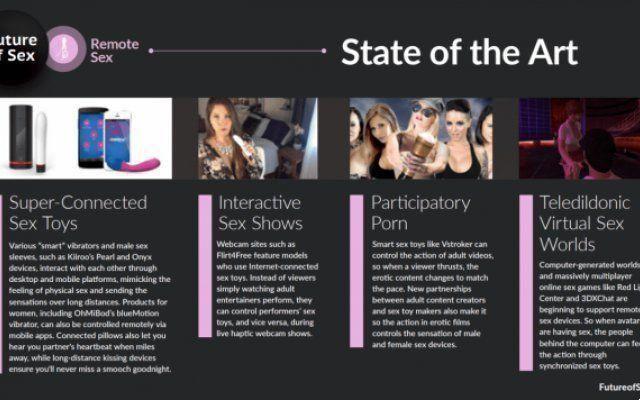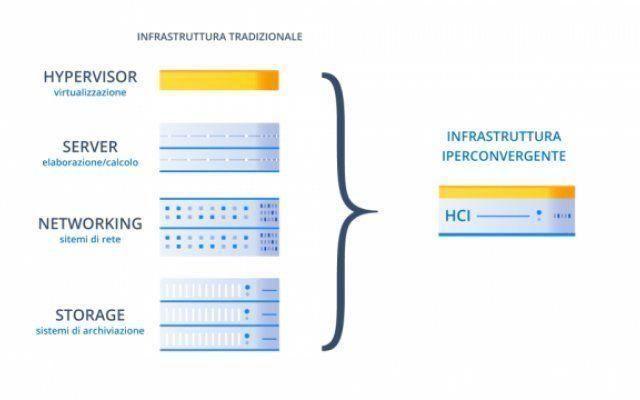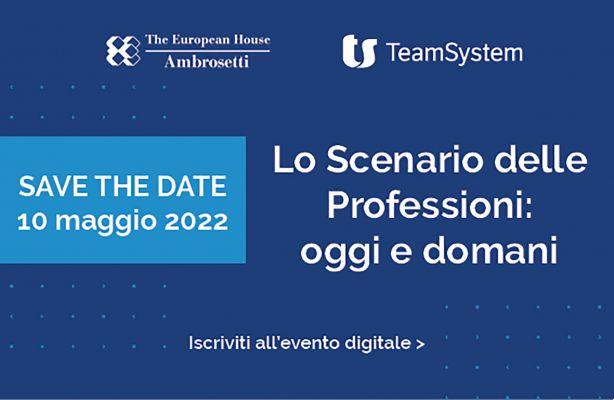The Service Desk is the main point of contact between an organization and the technology with which it interfaces on a daily basis
In the best practices of ITSM envisaged by the ITIL standard, the Service Desk is the central tool in the standardization of processes, because it allows to achieve the goal of optimizing planning, monitoring and efficiency of IT strategies.
What are the other benefits of adopting a Service Desk?
The Service Desk facilitates communication and collaboration between the IT department and other business functions, helping the team to solve - and possibly prevent - problems and service interruptions that risk impacting employee productivity.
In what way?
Through efficient management of tickets which includes their creation, assignment, monitoring, resolution and reporting.
Thanks to the alignment between the IT team and the rest of the organization, operational efficiency increases at all levels, with standardized processes that comply with the guidelines.
A cutting-edge and integrated tool for the Service Desk also manages to optimize the management of assets within the company, acting as a single centralized platform to view all types of hardware and software, making their configuration, maintenance and even more efficient financial evaluation.
The power of data - fundamental in a context characterized by omnichannel and the ability to work literally from anywhere - is the last of the advantages that we want to describe before moving on to best practices.
The ability of an IT organization to make strategic data-based decisions is based on that of the Service Desk solution to collect, analyze and process data that may come from, for example:
- tickets opened by users
- asset performance
- problem management processes by operators
Let's start with the best practices of an IT Service Desk which, for convenience, we have divided into 3 macro-areas:

Service Desk Management & Reporting
- the use of reports, dashboards and analysis in real time allows you to have a total monitoring of operations and activate corrections before they cause problems
- the processes must be structured in such a way as to provide for escalations or automatic assignments to avoid non-compliance with the Service Level Agreements
- sharing the IT Service Desk activities with company management ensures understanding at all levels of the challenges faced and of the value for the business
- the offer of cutting-edge tools to operators increases their satisfaction and improves the perception of the role of "problem solving professionals"
Technology to support the IT Service Desk
- providing automatic workflows helps to efficiently manage assignments and any escalations
- the self-service resolution method of some recurring user requests (such as password change or support with access to the company network) relieves operators from less demanding activities
- the ability to track operator-user communications helps meet SLAs
- when the Service Desk is part of a larger ITSM structure, it provides a completeness of information on the entire IT environment, maximizing efficiency
User satisfaction
- the analysis of user behavior is essential to be able to respond to their needs / requirements / requests in the IT field
- the offer of a self-service portal available 24/24 allows you to manage the first step of requests even when there are no active operators
- SLAs are essential for prioritizing and properly sorting requests
- sending surveys on a regular basis allows you to monitor the degree of user satisfaction and work to constantly improve it
Conclusions
The Service Desk is the main point of contact between an organization and the technology with which it interfaces on a daily basis. It is an important driver for the implementation of process innovations and automation, to increase productivity and ensure that systems are always up to date and functioning.
In summary, the advantages offered by an innovative tool for managed service are the following:
- more strategic value offered to the company thanks to IT support
- reduction of infrastructure and maintenance costs
- response to all service requests
- intuitive user interface
- integration with third party solutions
- involvement of end users
- management and resolution of calls 24 hours a day in self mode
- elimination of obsolete applications
- integrated governance and guaranteed compliance
- fast and efficient service based on business processes


























